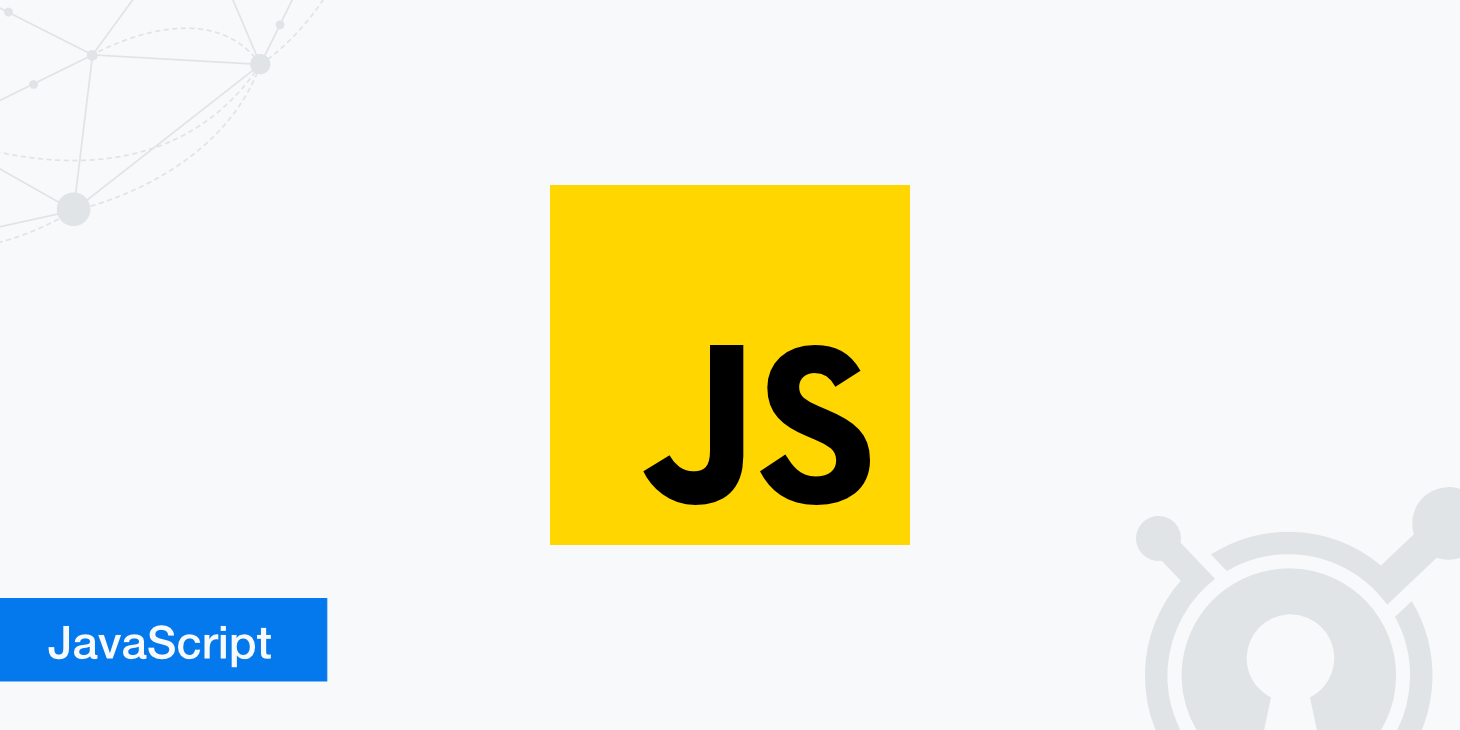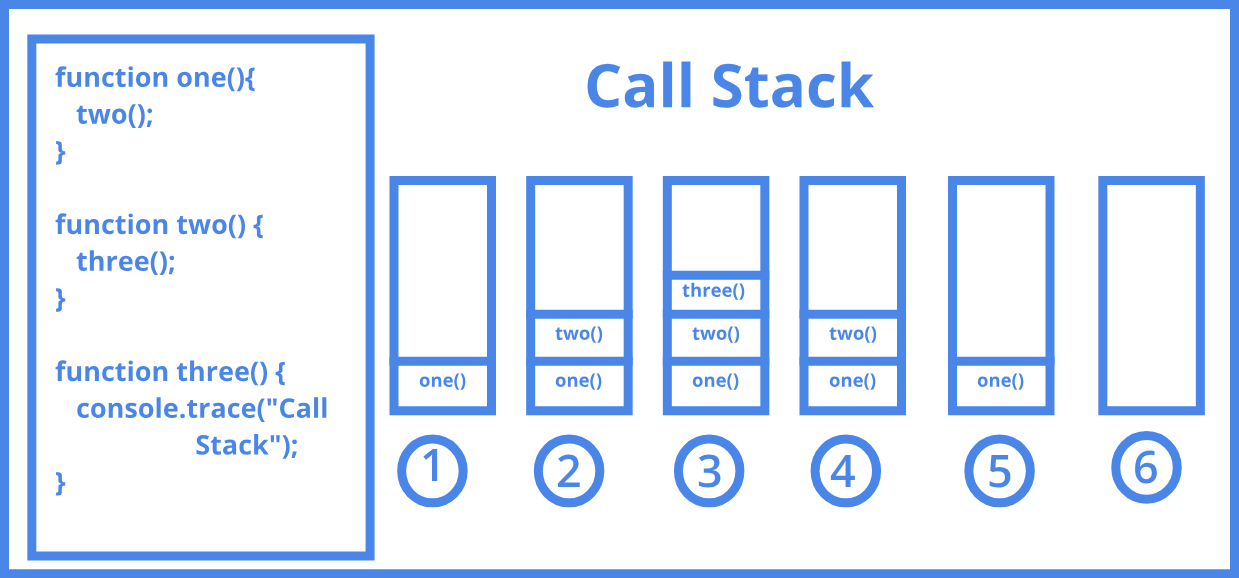Understanding How JS Works - Execution Context and Call Stack
Understanding How JavaScript Works: Execution Context and the Call Stack

JavaScript is a widely-used programming language that powers the interactive elements of websites and web applications. It enables us to create dynamic and engaging user experiences by manipulating the content of a webpage in real-time. In this article, we’ll take a deep dive into how JavaScript works, focusing on the concepts of execution context and the call stack.
The Basics of JavaScript Execution
JavaScript is an interpreted language, which means that it’s executed line by line by an interpreter rather than being compiled into machine code. When a web page is loaded, the browser’s JavaScript engine parses the HTML and executes the JavaScript code it encounters. Let’s explore the key components of JavaScript execution.
Execution Context
At the heart of JavaScript’s execution is the concept of an execution context. An execution context is an environment in which JavaScript code is executed. Each time a function is invoked, a new execution context is created. This context contains information about the function being executed, its scope, variables, and references to its outer environments.
There are three types of execution contexts:
Global Execution Context: This is the default context and represents the code that’s not inside any function. It includes all the global variables and functions and serves as the starting point of execution.
Function Execution Context: Whenever a function is called, a new execution context is created for that function. It includes the function’s parameters, variables, and any inner functions. Each function execution context has a reference to its parent’s (outer) execution context.
Eval Execution Context: This context is created when code is executed via the
eval()function. It’s worth noting that usingeval()is generally discouraged due to security concerns.
Call Stack
The call stack is a crucial concept to understand how JavaScript handles function calls and manages their execution. It’s a data structure that keeps track of the execution context of functions. When a function is called, its execution context is pushed onto the call stack, and when the function completes, its context is popped off the stack.
Let’s visualize this process with an example:
function greet(name) {
return `Hello, ${name}!`;
}
function welcome() {
return greet('Alice');
}
function main() {
console.log(welcome());
}
main();
In this example, when the main() function is called, its execution context is pushed onto the call stack. Inside main(), the welcome() function is called, leading to another execution context being pushed onto the stack. Inside welcome(), the greet() function is called, resulting in one more execution context being added to the stack. Once greet() completes its execution, its context is removed from the stack, followed by welcome(), and finally, main().

This orderly management of execution contexts ensures that functions are executed in the correct order and that each function retains its own scope and variables.
JavaScript Execution Process
Understanding the sequence of events during JavaScript execution further clarifies the role of execution contexts and the call stack.
Creation Phase: - Global Execution Context is created, which includes global variables and functions. - Memory space is allocated for variables and function declarations (hoisting).
Execution Phase: - Code is executed line by line within the relevant execution context. - If a function is called, a new execution context is created and pushed onto the call stack.
Function Execution: - Local variables are declared within the function’s execution context. - Code inside the function is executed. - If there are nested functions, their execution contexts are created as well.
Completion and Cleanup: - Once the function completes its execution, its execution context is popped off the call stack. - The result (return value) of the function can be used in the calling context.
Asynchronous JavaScript

JavaScript’s single-threaded nature means that it can execute only one task at a time. However, it often needs to handle time-consuming tasks like network requests and file reading without blocking the entire program. This is where asynchronous programming comes into play.
Asynchronous operations are managed through mechanisms like callbacks, promises, and async/await. These mechanisms allow functions to initiate an operation and then continue execution without waiting for the operation to complete. Once the operation finishes, a callback function is invoked, or a promise is resolved, allowing the program to react to the completed task.
console.log("Start");
setTimeout(() => {
console.log("Timeout completed");
}, 2000);
console.log("End");
In this example, even though the setTimeout function is set to execute after 2 seconds, the program continues to execute the subsequent lines. The output would be:
Start
End
Timeout completed
Conclusion
JavaScript’s execution context and call stack mechanisms are fundamental to how the language operates. By understanding these concepts, we can write more efficient and organized code. The ability to manage execution contexts and handle asynchronous operations empowers us to create responsive and interactive web applications.
Whether you’re a beginner dipping your toes into the world of JavaScript or an experienced developer seeking a deeper understanding, mastering these concepts will undoubtedly enhance your proficiency in the language. So go ahead, experiment, and build amazing things with JavaScript!
Remember, the next time you see JavaScript code executing in your browser, you’ll have a clearer picture of the intricate dance of execution contexts and the call stack that’s making it all happen.
Happy coding! 😊